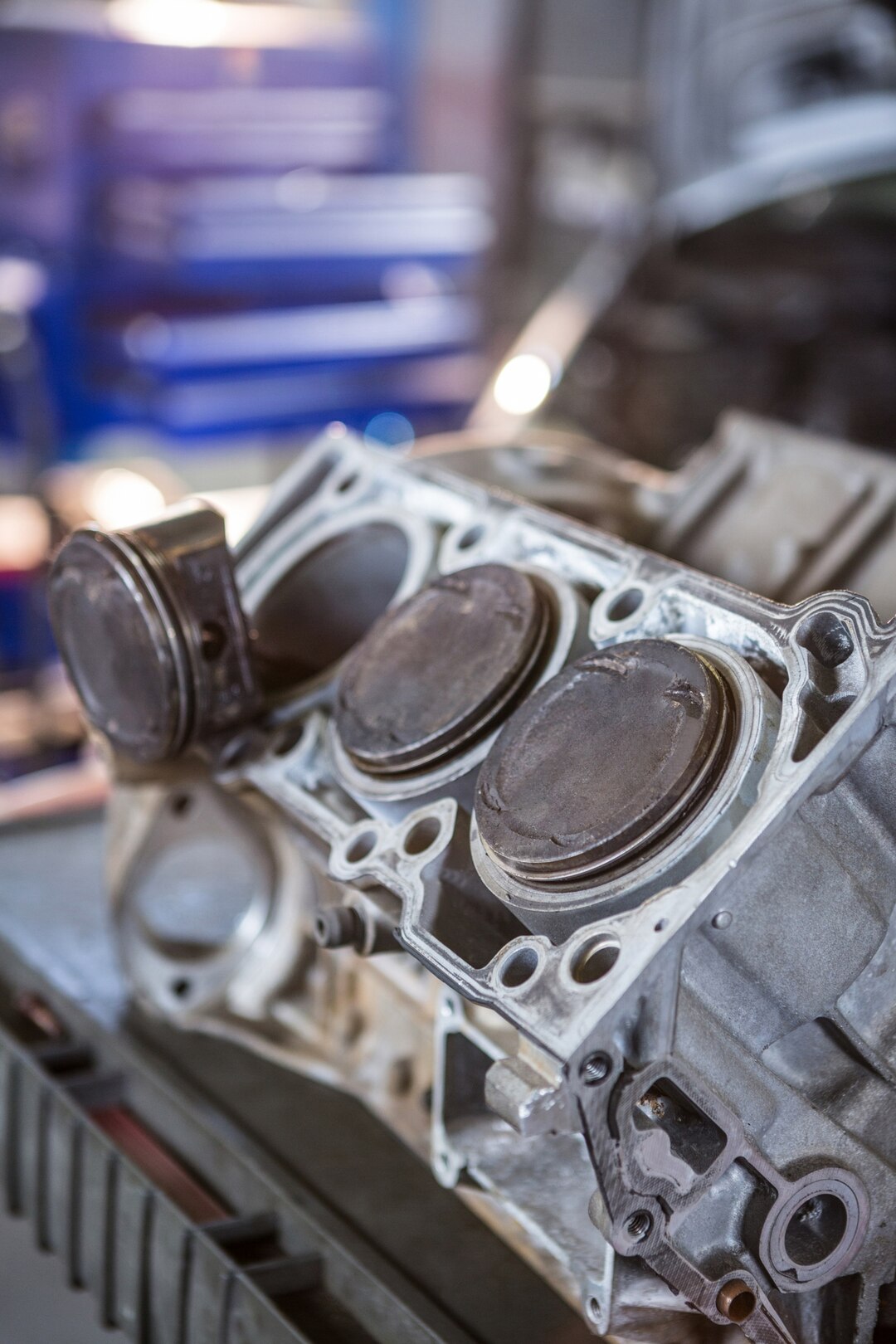The cylinder head is a vital component of a car’s engine, playing a crucial role in the combustion process that powers the vehicle. As the uppermost part of the engine block, the cylinder head houses the intake and exhaust valves, spark plugs, and combustion chambers. Understanding the various types of cylinder heads and their characteristics can provide valuable insights into engine performance and design. Let’s delve into the different types of car cylinder heads you must know about:
1. Cast Iron Cylinder Heads:
Cast iron cylinder heads are the traditional choice for many older engines due to their durability and heat resistance. These cylinder heads are robust and able to withstand high temperatures and pressures, making them suitable for heavy-duty applications. However, they tend to be heavier than their aluminum counterparts and may impact overall vehicle weight and fuel efficiency.
2. Aluminum Cylinder Heads:
Aluminum cylinder heads have become increasingly popular in modern engines due to their lightweight construction and excellent heat dissipation properties. Compared to cast iron, aluminum cylinder heads offer improved thermal conductivity, allowing for more efficient cooling of the engine. Additionally, aluminum cylinder heads are easier to manufacture and machine, making them a cost-effective choice for many automakers.
3. Single Overhead Cam (SOHC) Cylinder Heads:
Single overhead camshaft (SOHC) cylinder heads feature a single camshaft located above the cylinder head, which operates both the intake and exhaust valves. This configuration simplifies the design of the cylinder head and reduces manufacturing costs. SOHC cylinder heads are commonly found in inline and V-shaped engine configurations, offering a balance of performance and efficiency.
4. Dual Overhead Cam (DOHC) Cylinder Heads:
Dual overhead camshaft (DOHC) cylinder heads feature separate camshafts for the intake and exhaust valves, allowing for greater control over valve timing and lift. This configuration is favored in high-performance engines where precise valve control is essential for maximizing power output and efficiency. DOHC cylinder heads are often found in sports cars, luxury vehicles, and performance-oriented models.
5. Hemispherical (Hemi) Cylinder Heads:
Hemispherical or “Hemi” cylinder heads feature a hemispherical combustion chamber design, which promotes efficient airflow and combustion. This design allows for larger valves and improved airflow, resulting in enhanced engine performance and power output. Hemi cylinder heads are known for their distinctive shape and are commonly associated with high-performance engines.
6. Four-Valve Cylinder Heads:
Four-valve cylinder heads feature two intake and two exhaust valves per cylinder, allowing for improved airflow and combustion efficiency. This configuration increases the engine’s ability to breathe, resulting in higher power output and torque. Four-valve cylinder heads are often found in performance-oriented engines and are prized for their ability to optimize airflow and maximize engine performance.
7. Rotary Valve Cylinder Heads:
Rotary valve cylinder heads utilize rotary valves instead of traditional poppet valves to control airflow into and out of the combustion chamber. This design offers several advantages, including reduced friction, improved sealing, and enhanced volumetric efficiency. Rotary valve cylinder heads are commonly found in two-stroke engines and certain high-performance applications.
The cylinder head is a critical component of a car’s engine, dictating performance, efficiency, and reliability. By understanding the different types of cylinder heads and their characteristics, you can gain valuable insights into engine design and performance. Whether it’s the durable cast iron, lightweight aluminum, precise DOHC configuration, or high-performance Hemi design, each type of cylinder head offers unique advantages and considerations. So, the next time you pop the hood of your car, take a moment to appreciate the engineering marvel that is the cylinder head and its role in powering your vehicle’s performance.











